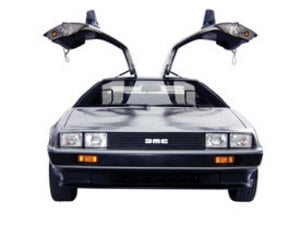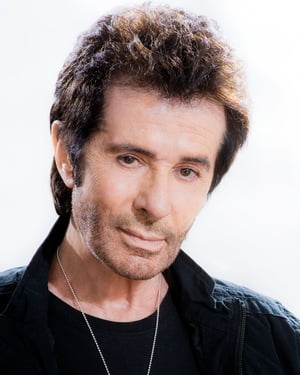When we think of automotive failure, we often think of John DeLorean and the DMC-12, the car of the future that turned into a multi-million-dollar disaster and made DeLorean into a notorious figure. It is odd how closely the DeLorean disaster follows another fiasco from a generation earlier.
Malcolm Bricklin was born in Philadelphia on January 9th, 1939. He was a college drop-out from the University of Florida in 1958, going on to help expand his father’s Handyman America business into a major chain of stores. When the Handyman company became embroiled in litigation, Bricklin was able to leave a wealthy man. Bricklin partnered with Harvey Lamm in importing Asian vehicles in 1965, starting with Fuji motor scooters. The Lamm/Bricklin partnership went on to import Subaru cars, small automobiles that were light enough to avoid US safety requirements. The 360, the Subaru flagship car, was able to find a buyer base in America until Consumer Reports called it the most dangerous car in America. Bricklin/Lamm venture dissolved and Bricklin became embroiled in scandal over a misappropriation of funds. The scandal passed and Bricklin decided to pursue a new bold effort for the 1970s: his own car.
Bricklin rented a facility in Livonia, Michigan, to build a prototype funded by numerous banks. The car, called the SV-1 (short for Safety Vehicle One), was powered by an eight-cylinder engine (AMC and later Ford) and featured a gull wing design, similar to the Mercedes-Benz 300SL of the 1950s.
Bricklin’s prototype enabled him to gather favorable attention from the Quebec authorities. He sought use of a closed Renault plant in St. Bruno. Quebec authorities backed out of the plan after closer inspection of Bricklin’s business model and prospects for solid production. Bricklin was able to arrange a deal with New Brunswick for the establishment of two plants (in Minto and St. John) and a large loan from the province.
The original plan was to build a two-seat sports car to compete with Chevrolet’s Corvette. It was to retail for $4,000 and see factory output of twelve thousand per year. It was a bold effort and one that didn’t pan out. Bricklin was having a hard time importing the major parts from US manufacturers. The supply matter was a virus that wounded production throughout. Build quality, electrical wiring faults, and assembly problems ruined the debuting 1974 SV-1s. The listing price rose to $6,000 and then hit $10,000 the following year. SV-1s could only be sold in the USA, since the Bricklin company was not part of Canada’s “auto pact.
The New Brunswick government lost confidence in Bricklin’s venture. The business went into receivership in the fall of 1975 and the firm in charge of taking care of the remaining cars badged them as 1976 models. Bricklin’s final tally of SV-1s stood at under 2,900.
Malcolm Bricklin never gave up on looking for a quick buck. He resumed auto importing in the 1980s. He imported FIAT/Bertone X1/9s, unusual Italian sports cars that found a small following. His bigger effort was with the Yugo, Balkan-built compact economy cars. The Yugo had the proud title of being the cheapest car in America in 1985 with an MSRP of $4,000. The Yugo craze quickly fell apart with issues of engine failure, electrical problems, transmission faults, safety, and poor customer service. Yugo America went bankrupt in 1989, though Yugos continued to be imported into the early 1990s.
Bricklin went into a short-lived venture with Lee Iacocca in the building of electric bicycles. Bricklin resumed his interest in importing low-cost small cars to America. He expressed his desire in importing cars from Yugo’s successor, Zastava Motor Works, not long after the NATO bombing campaign against Yugoslavia. The plan faded away and Bricklin decided on a new aim to bring Chinese cars Stateside through the company Visionary Vehicles (VV). Despite repeated delays, Bricklin still hopes to import Chinese “Chery” cars to America.



